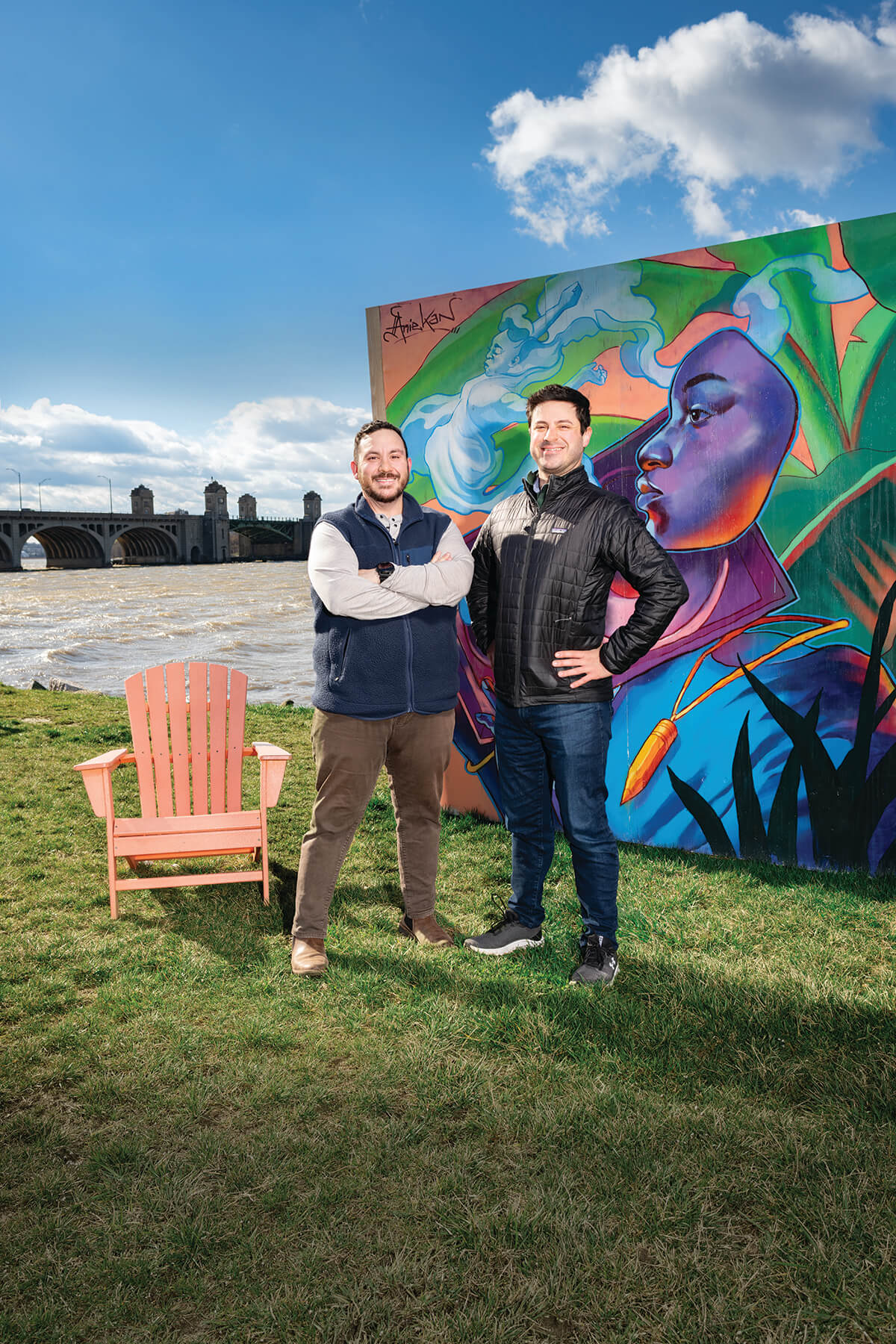Arts & Culture
Charm City Bluegrass Festival Moves to the Baltimore Peninsula
Before the event—historically held at Druid Hill Park—brings the sounds of fiddles and banjos to its new home against the backdrop of the Patapsco River, we caught up with the organizers to reflect on its last decade.

Eleven years ago, band manager Phil Chorney found himself sitting on his Hampden stoop, picking a guitar and drinking whiskey with a few of his friends, when they had an idea to throw a bluegrass concert. Chorney had fallen for the genre’s rich history in Baltimore, and soon enough, that impromptu jam session led to 14 bands and a sold-out crowd at then-new Union Craft Brewing.
These days, with the help of fellow Baltimore County native Adam Kirr, the Charm City Bluegrass Festival has evolved into a beloved annual tradition in Baltimore, with some 3,000 music fans in attendance and an impressive lineup that includes both local artists like Cris Jacobs and Caleb Stine and big-name Americana acts such as Billy Strings, The Lone Bellow, and bluegrass legend Del McCoury. And now, after a long run at Druid Hill Park, the family-friendly shindig moves to the Baltimore Peninsula, where the sound of fiddles and banjos will ripple across the Patapsco River on May 3 and 4.
Weeks before, we caught up with the organizers to reflect on the last decade.
How did you come to learn about Baltimore’s bluegrass history?
Adam Kirr: Tim Newby’s book, Bluegrass in Baltimore, was an eye-opener into how important this city was in the development of bluegrass music, especially going back to the 1940s, ’50s, ’60s, with traveling artists like [Kentucky native and “Father of Bluegrass”] Bill Monroe…At the time, Baltimore was one of the main stops. With the industrialization of America, with people moving from Appalachia for work, bringing their music with them, Baltimore became one of the biggest markets. These were usually rough bars where people took the music seriously. And the Baltimore bluegrass sound is known for being loud and fast because bands were playing, acoustically, in such rowdy venues.
Phil Chorney: Those stories are iconic. We take a lot of pride in being just a small part of that history.
Last year, you celebrated the festival’s tenth year. What has the mission been?
PC: This festival is a celebration of the history of live bluegrass, Americana, and roots music in Baltimore. But it’s really become more about the community than anything else. This year, we’re striving to introduce folks to new bands and really focus on musicians from the region. Long-term, the vision remains just putting together the most compelling lineup for people to enjoy the music and each other.
The festival has grown into a Baltimore tradition. Why do you think that is?
PC: I travel a lot and see folks all over the country now wearing our hats. It feels good, like people have embraced our vision and our openness…I have a fairly liberal definition of bluegrass music, but if you have one of four instruments—guitar, bass, mandolin, violin or fiddle—you’re bluegrass to me. At the end of the day, it’s about more than just the picking. It’s the family, friends, and music.
AK: And just a nice day outside in spring.
What’s it been like to see the Americana scene blossom here?
PC: The scene has really matured, and now there are all these picks at different venues, and all these other bluegrass events throughout the region, and even some bands who formed because they met at our festival. We’ve all come up together. And if it keeps people supporting local musicians and places like The 8×10, we’ve done our job.